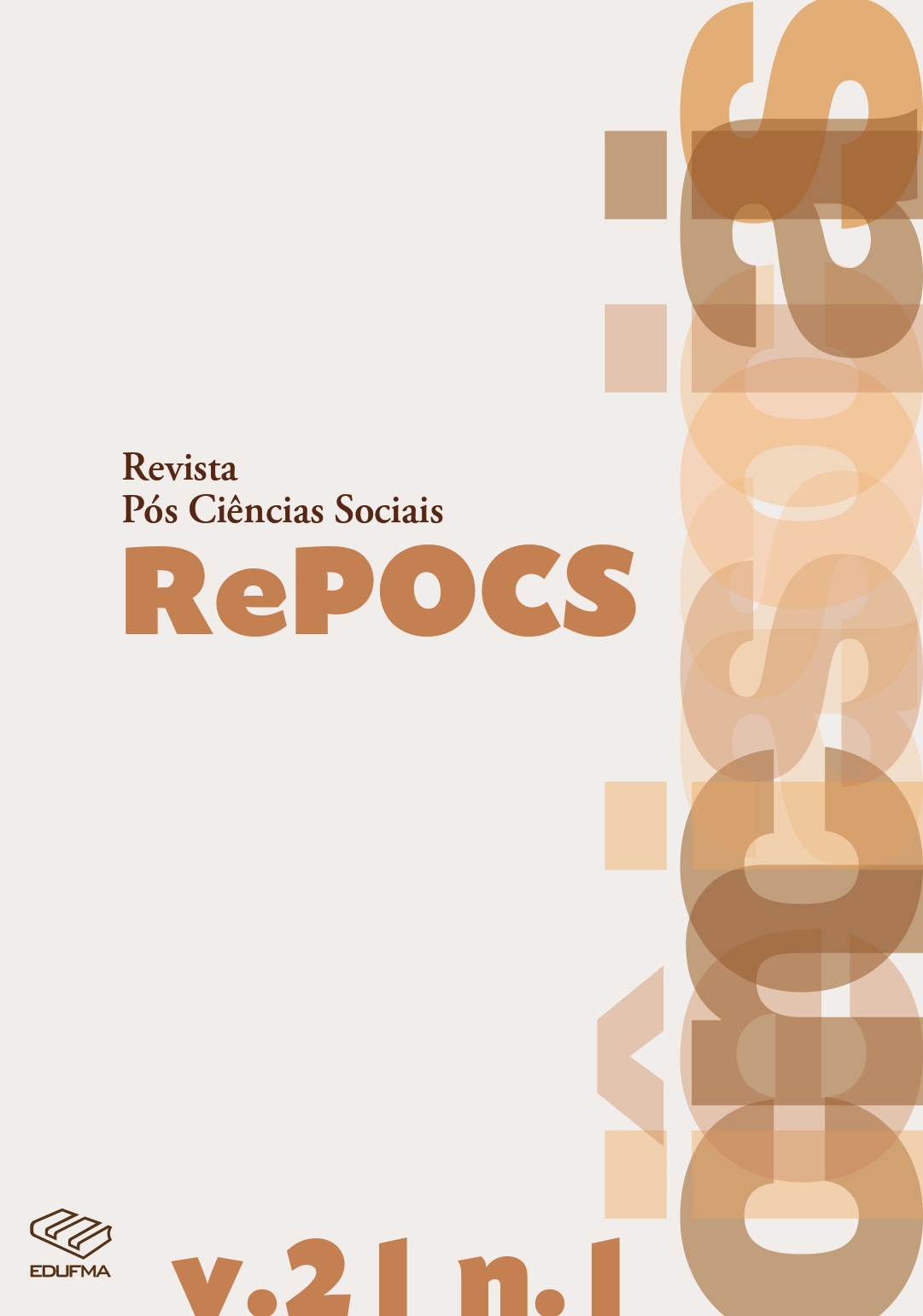Did Brazilian Audiovisual Content Face Censorship? An Exploratory Approach to Media Coverage Between 2019 and 2020
DOI:
https://doi.org/10.18764/2236-9473v21n1.2024.7Keywords:
Censorship, Democracy, Neoconservatism, Audiovisual, Art, StateAbstract
Considering the assumption of a neoconservative government, which defends the direct control of cultural and artistic production, involving governmental actions that affected audiovisual production in the country, having as scope some indications of censorship practices. We used “Google Alerts” with keywords associated with the subject, resulting in a database with the news. We classified it into: Institutional architecture; Appointments and dismissals of essential positions; Actions and omissions; Pressures and controversies; and Censorship complaints involving the government and other instances of the State or civil society. Furthermore, we carried out a brief theoretical discussion about censorship in dialogue with productions by Maria Cristina Castilho Costa. Provisionally, we observe signs of a boycott of the audiovisual industry pari passu to measures that suggest diffuse censorship practices, demanding further research and a re-elaboration of the classic concept of censorship.
Downloads
Downloads
Published
How to Cite
Issue
Section
License

This work is licensed under a Creative Commons Attribution 4.0 International License.
Direitos autorais Revista Pós Ciências Sociais
Este obra está licenciado com uma Licença Creative Commons Atribuição 4.0 Internacional.


